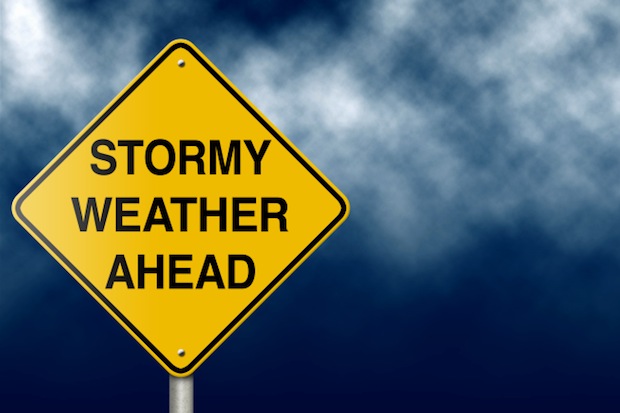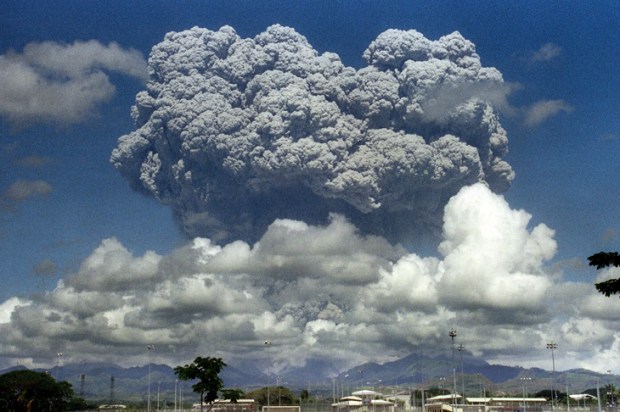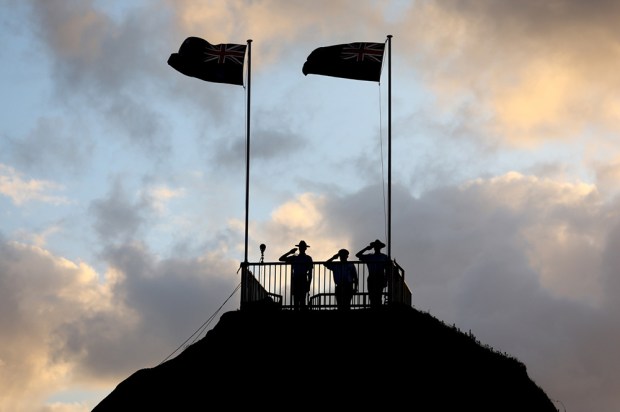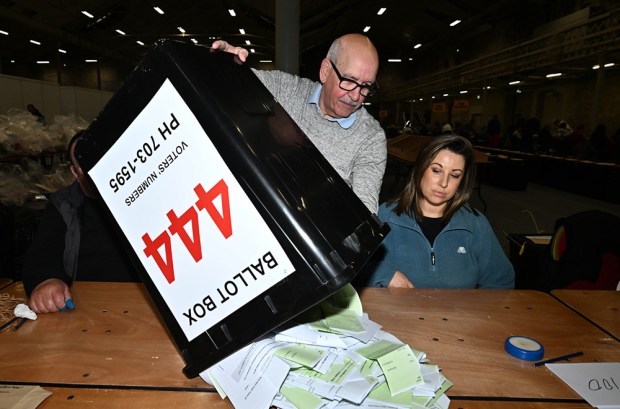With the release last week of the exciting third instalment of the mighty IPCC trilogy ‘Assessment Report 5’, it’s clear that the climate change industry has been closely studying the Hollywood Sci-Fi Blockbuster format.
From George Lucas’s original Stars Wars trilogy to Peter Jackson’s The Hobbit, Hollywood’s brightest know that to get the biggest bang for your buck, you must release your science fiction saga not as one self-contained epic but as three separate instalments. Not only do you get to spread the storyline out over three lengthy episodes, but each one allows you to leverage and publicise the other two.
‘Assessment Report 5’ (or AR5 as the nerds call it) follows the formula to a tee. The trilogy has been a long time in the making. Original plot conceptualisation began back in 2010, with over 3,000 ‘author nominations’ received at IPCC HQ from eager scientists around the world.
Anticipation for the first instalment ran high. ‘The time has come: the new IPCC report is here!’ salivated one of many blogs in the days prior to its release last September.
‘Part 1 – The Physical Science Basis’ re-familiarised global audiences with the basic characters, plot structures, and evil villains that fans of climate change have come to expect and relish. The opening titles summed up the plot: ‘It is extremely likely that human influence has been the dominant cause of the observed warming since the mid-20th century.’
Glued to our seats, we learnt that time was fast running out and that: ‘Warming in the climate system is unequivocal and since 1950 many changes have been observed throughout the climate system that are unprecedented over decades to millennia.’ It was gripping stuff. The arc of the story? The promise of global temperature increases of more than two degrees celsius unless we mended our wicked ways.
But the trick with Part 1 is always to leave the fans eager for more. None of the plot strands should be resolved; the audience must be left with plenty to ponder, and question marks over the characterisations and plot discrepancies will ensure a positive reception for later instalments. Thus, the rumoured inclusion of a ‘16-year hiatus’ subplot, edited out at one point, caused consternation amongst the faithful, whilst titillating the sceptics. Fuelled by an extensive PR campaign, which — as every Hollywood producer knows is crucial — included extensive ‘leaks’ before the actual release, Part 1 was a runaway success, with so many loose ends that fans and non-fans alike could read pretty much whatever they wanted into it.
Part 2 is always the awkward one, with the main imperative being to keep the ball rolling. The best way to do this, as with The Empire Strikes Back or The Desolation of Smaug, is to set up an existential threat from reactionary forces that must be defeated before the real battle can begin. Released in March 2014, ‘Part 2 – Impacts, Adaptation and Vulnerability’ was a workmanlike effort. With over 300 writers honing the final product, audiences were treated to a glimpse of what might have been — or even could be — if only the world would listen. As one astute critic pointed out at the time: ‘[Part 2] clearly shows that adaptation is an option only if efforts to mitigate greenhouse gas emissions are strengthened substantially. Without mitigation, the impacts of climate change will be devastating.’
But the main role of Part 2 is always to provide a solid link between the first and third episodes.
Hence we learnt, midway through Part 2, that ‘scenarios of climate change where global mean temperature reaches 4°C or more above preindustrial conditions — a situation that is not at all unlikely as we saw in Part 1 — will likely result in catastrophic impacts on most aspects of human life on the planet’. In fact, climate change is ‘already occurring on all continents and across the oceans’.
With that crucial thread linking Parts 1 and 3 in place, the producers can increase tension and build suspension of disbelief in order to allow for a truly epic conclusion.
Finally, last week, came the climactic climatic ending. As with Return of the Jedi and The Return of the King, the really big guns have been held back for the grand finale. Part 3 must pull all the threads together, offer salvation and hope for the future, and, of course, scare the living bejesus out of everyone with the mother of all battles required to defeat the resurgent forces of darkness.
Launched in Berlin last week by IPCC wünderkind Ottmar Edenhofer, ‘Part 3 — The Mitigation of Climate Change’ doesn’t disappoint; serving up disaster on an unprecedented scale. The plotline is genuinely terrifying, if somewhat confusing. There’s only 15 years left, so we’ve got to switch off all coal power plants right away and replace them with wind and solar, even though they don’t actually work. Global greenhouse gases are skyrocketing but must be slashed to zero, reducing world GDP by 10 per cent, but don’t worry because the cost is insignificant. Temperatures will rise not by two degrees, not even by four degrees, but by nearly five degrees (even though they haven’t actually risen by anything anywhere yet.)
Bizarrely, it turns out some of the bad guys might actually be goodies; nuclear energy is given a brief reprieve and coal seam gas gets a temporary shot at redemption. The real hero, who’s going to ‘suck up’ all the CO2 (a neat twist that the writers snuck in at the last moment), is the new, mysterious and highly implausible BECCS, ‘Bio-energy with Carbon Capture and Storage’.
It’s a thrilling ride, but despite all the special effects, Part 3 still fails to truly satisfy. That’s the trouble with science fiction.
Got something to add? Join the discussion and comment below.
Get 10 issues for just $10
Subscribe to The Spectator Australia today for the next 10 magazine issues, plus full online access, for just $10.
You might disagree with half of it, but you’ll enjoy reading all of it. Try your first month for free, then just $2 a week for the remainder of your first year.













Comments
Don't miss out
Join the conversation with other Spectator Australia readers. Subscribe to leave a comment.
SUBSCRIBEAlready a subscriber? Log in